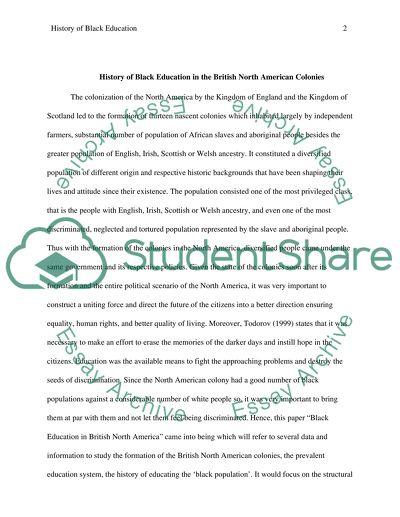Cite this document
(“History of black education in the british north american colonies Research Paper”, n.d.)
Retrieved from https://studentshare.org/education/1496436-history-of-black-education-in-the-british-north
Retrieved from https://studentshare.org/education/1496436-history-of-black-education-in-the-british-north
(History of Black Education in the British North American Colonies Research Paper)
https://studentshare.org/education/1496436-history-of-black-education-in-the-british-north.
https://studentshare.org/education/1496436-history-of-black-education-in-the-british-north.
“History of Black Education in the British North American Colonies Research Paper”, n.d. https://studentshare.org/education/1496436-history-of-black-education-in-the-british-north.


